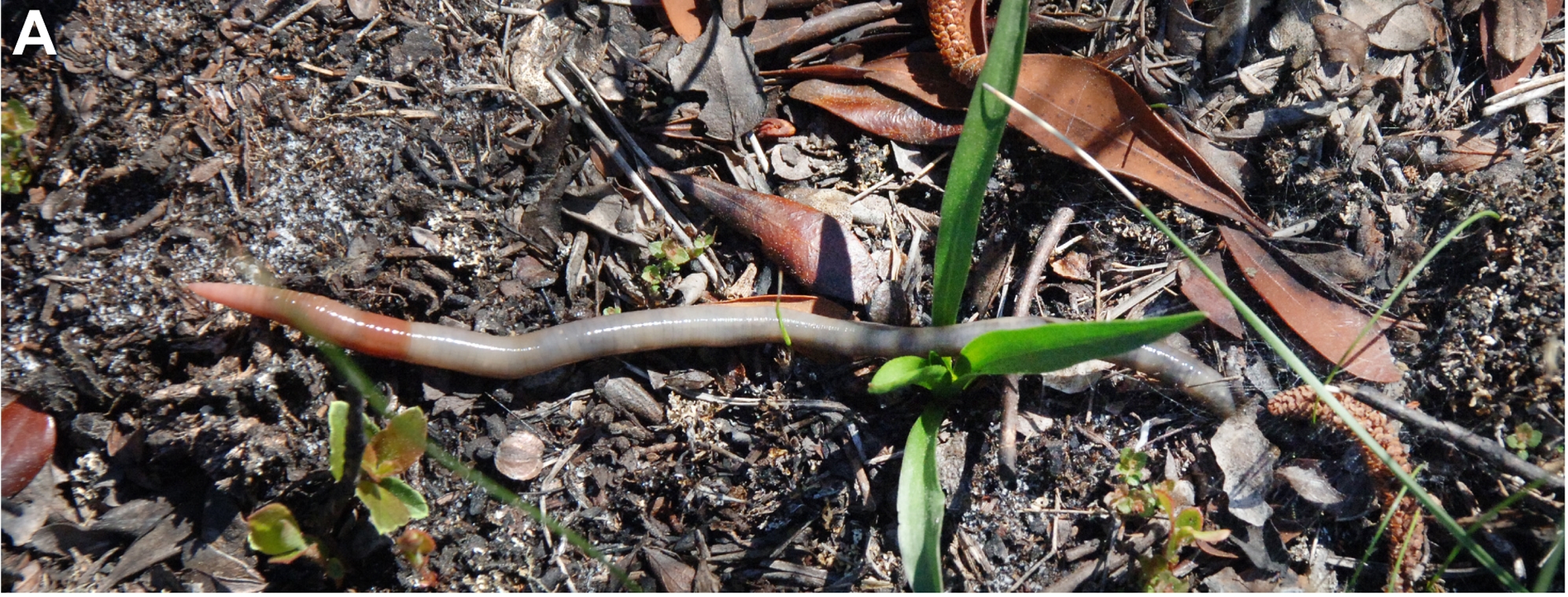The ABC of PLoS ONE
You may have enjoyed reading two of Allison’s recent blog posts on ant and coral research published in PLoS ONE, as well as an earlier post on the PLoS blog summarising some of the papers we have published on bats. I then began to wonder whether I could find organisms representing every letter of the alphabet, which have been described in papers published in PLoS ONE. Although some letters were easier than others, I’m pleased to report that PLoS ONE is indeed alphabetically complete, although this is perhaps unsurprising given the number and variety of articles we have published since 2006!

Here is our ABC of PLoS ONE:
A is for ant
B is for Bacillus anthracis
C is for chocolate tree
D is for dinoflagellate
E is for echidna
F is for fungus
G is for grapevine
H is for hydra
I is for iguana
J is for jellyfish
K is for kiwi
L is for locust
M is for mole
N is for Nigersaurus taqueti
O is for owl
P is for pitcher plant
Q is for quail
R is for red alga
S is for salmon
T is for Triceratops
U is for urchin
V is for vervet monkey
W is for worm
X is for Xenopus
Y is for yellow fever mosquito
Z is for zebu
On a related note, ranging from Peter Aaby to Thomas Zwaka, the PLoS ONE editorial board is also alphabetically complete: every letter of the alphabet is represented by the surname of at least one of our 900+ Academic Editors.
Perhaps the next challenge should be to find genes described in PLoS ONE beginning with each letter of the alphabet. Or if you have your own “ABC of PLoS ONE” please submit it via the comments.
